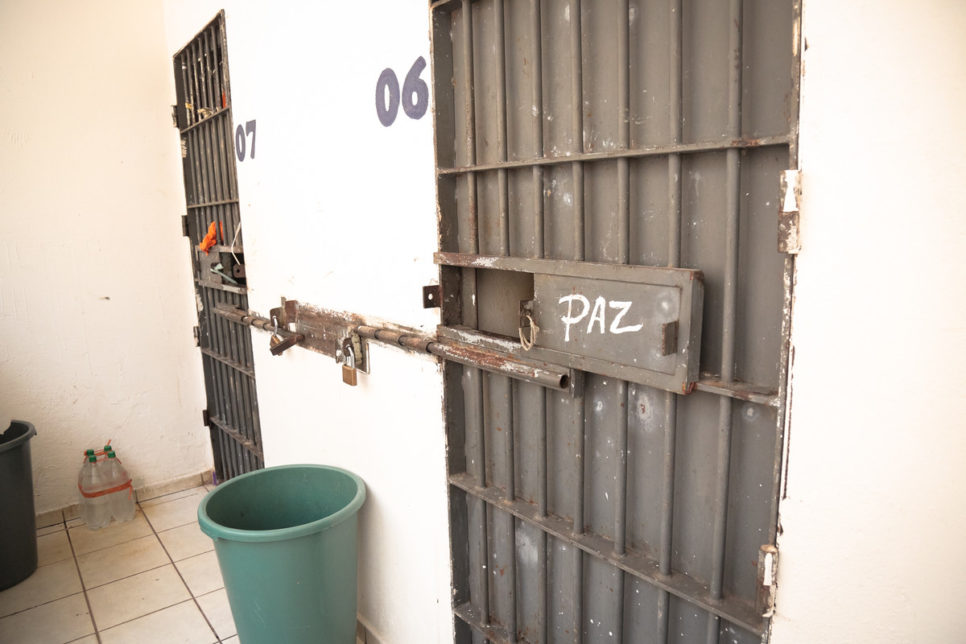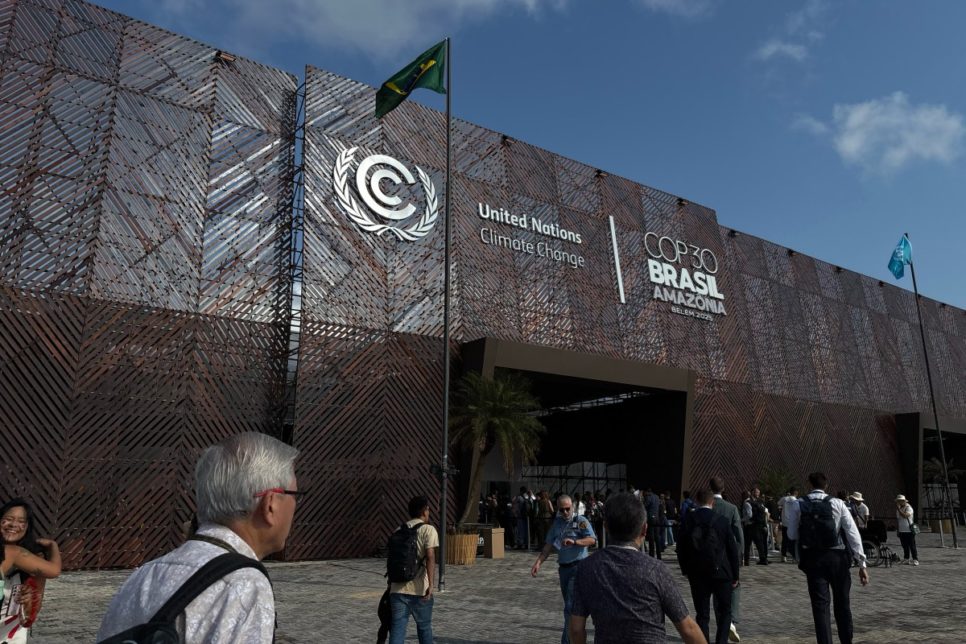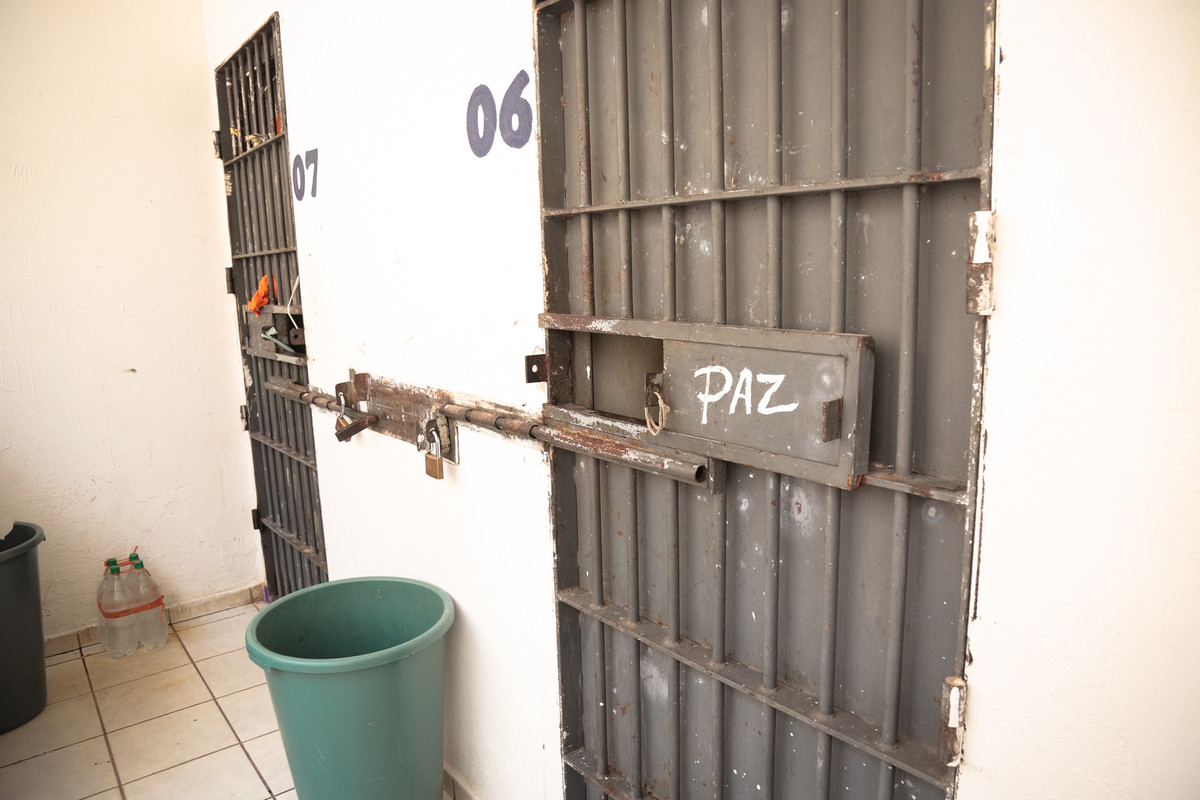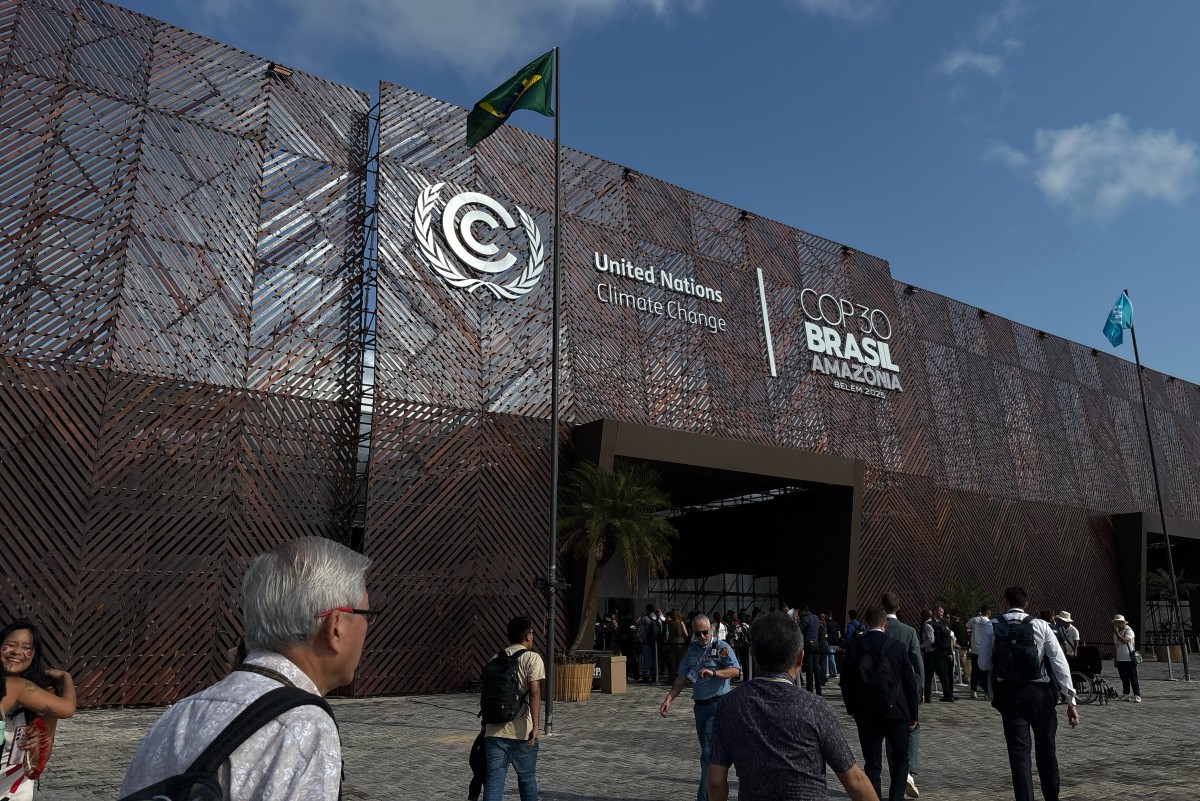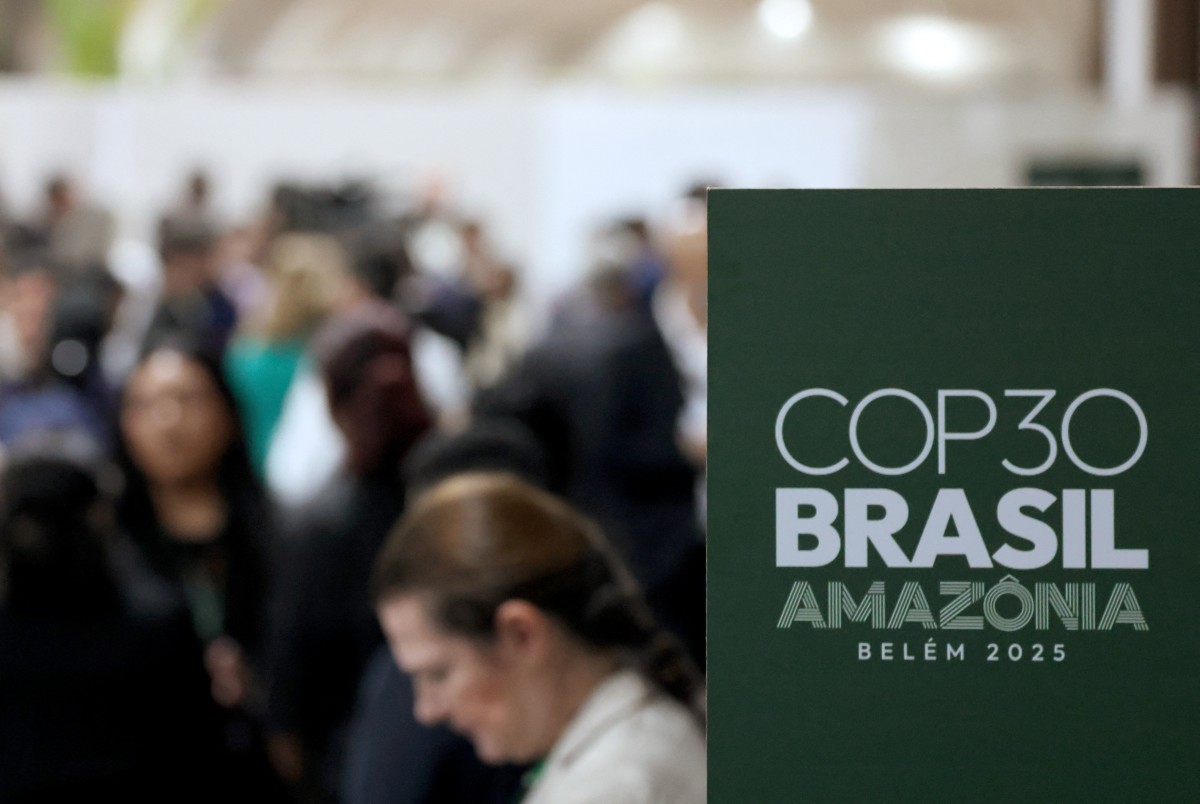The life left behind
Forced displacement reaches record high; Brazil receives just 0.043% of world’s refugees
 Recently arrived Rohingya refugees live in overcrowded makeshift sites in Cox's Bazar, Bangladesh since fleeing across the border to escape the October 2016 violence in Myanmar. Newly built shelters are erected all the time to house more families. ; On 9 October 2016, several attacks on border guard posts in the northern part of Rakhine state, Myanmar, triggered a security operation that forced an estimated 74,000 Rohingya to flee to Bangladesh between October 2016 and February 2017. These recent arrivals in Bangladesh are in addition to some 33,000 Rohingya refugees who arrived between 1991 and 1992 and who live in two government-run camps named Kutupalong and Nayapara. As well as these two waves, there are several hundred thousand Rohingya who fled to Bangladesh between the early 1990s and 2016, who are undocumented and live in makeshift sites and local villages. The estimate for this undocumented group is between 200,000 and 500,000 – a number the Bangladesh government hopes to verify in a census.
Recently arrived Rohingya refugees live in overcrowded makeshift sites in Cox's Bazar, Bangladesh since fleeing across the border to escape the October 2016 violence in Myanmar. Newly built shelters are erected all the time to house more families. ; On 9 October 2016, several attacks on border guard posts in the northern part of Rakhine state, Myanmar, triggered a security operation that forced an estimated 74,000 Rohingya to flee to Bangladesh between October 2016 and February 2017. These recent arrivals in Bangladesh are in addition to some 33,000 Rohingya refugees who arrived between 1991 and 1992 and who live in two government-run camps named Kutupalong and Nayapara. As well as these two waves, there are several hundred thousand Rohingya who fled to Bangladesh between the early 1990s and 2016, who are undocumented and live in makeshift sites and local villages. The estimate for this undocumented group is between 200,000 and 500,000 – a number the Bangladesh government hopes to verify in a census.
Global conflicts, persecution and human rights violations force one in every 113 people to flee their homes. According to a report released yesterday, June 19, by UNHCR (Office of the UN High Commissioner for Refugees), the world has 65.6 million refugees, asylum-seekers and people who have been forcibly displaced from their countries of origin – a population the size of the United Kingdom.
This is the largest number ever recorded in history and is due largely to the worsening of the conflict and the humanitarian crisis in Syria.
The UNHCR report, released one day before World Refugee Day, reveals an especially cruel detail of forced displacements: the high number of children affected by the violence, who represent 51% of refugees in the world. More than 75,000 asylum applications were made by unaccompanied children.
Read more
The report also shows the primary destinations of these people: 84% of refugees, who total 22.5 million, are in low- and middle-income countries and one in three are received by least developed nations.
Brazil’s role as a recipient has been low. The country currently has just 9,689 refugees, a figure that represents 0.043% of the total. According to the UN report, Brazil accepted 982 refugees in 2016, while the number of applications rose from 20,815 in 2015 to 35,464 last year – an increase of 70%.
Demand for refugee status is likely to continue to rise. Data released to the press by Conare (National Committee for Refugees) reveal that between January 1 and May 31 of 2017, the country received 10,507 requests for refugee status, of which nearly 80% were from Venezuelans.
“Brazil can and should do more in the global effort to receive people who are forcibly displaced. The country needs, for example, to maintain a firm commitment to taking in Venezuelans in the state of Roraima, by quickly providing temporary residency, exempting fees for those who cannot afford to pay them and conducting a swift and thorough analysis of requests for refugee status,” said Camila Asano, coordinator of the Foreign Policy program at Conectas.
Larissa Leite, coordinator of the protection program at Caritas Archdiocese of São Paulo’s Refugee Center, explained that the new inflow of Venezuelans into Brazil demonstrates how displacement trends in the world can change quickly, including with important shifts in the profile of these people.
“Another example is the sharp increase in the number of refugee women in São Paulo, who represented less than 10% of the total a few years ago and 36% in 2016,” said Leite. As far as she is concerned “Brazil has the responsibility not only to establish adequate protection systems, but also to ensure the stability of its structures and policies and to respond to the diversity of the refugee population in the country”.
